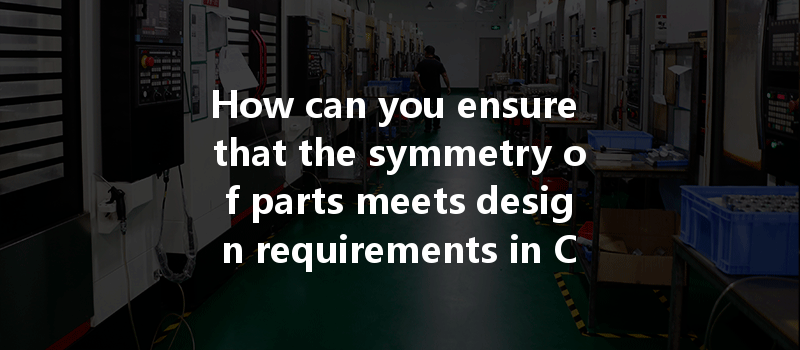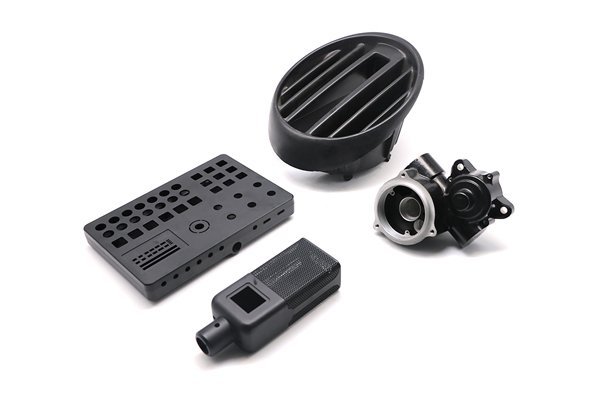Opening
Did you know that nearly 70% of manufacturing defects stem from issues in part design and machining processes? This statistic underscores the critical need for precision and symmetry in CNC machining. In industries where tolerances are tight, such as aerospace, automotive, and medical devices, the slightest deviation in symmetry can lead to catastrophic failures or a substantial increase in production costs. But how can manufacturers guarantee that the symmetry of CNC machined parts meets stringent design specifications accurately? In this extensive guide, we’ll explore detailed strategies and best practices that ensure optimum symmetry in CNC machining processes.
to CNC Machining and Symmetry
CNC (Computer Numerical Control) machining is a manufacturing process that utilizes computerized controls to operate machinery, with precision to manufacture a wide range of components. Symmetry in parts is essential, especially when factors like balance, aesthetics, and functionality come into play. An asymmetrical part can lead to misalignment in assembly, poor performance, and even safety concerns.
In this blog, we will take a deep dive into the multitude of factors influencing symmetry in CNC machining and outline effective strategies that manufacturers can implement to ensure that their machined parts are symmetrical and up to standard.
Understanding the Factors Influencing Symmetry in CNC Machining
Best Practices for Ensuring Symmetry in CNC Machined Parts

Analyzing Case Studies
To better understand the importance of symmetry in CNC machining, let’s analyze a couple of case studies from different industries.
Case Study 1: Aerospace Industry
In the aerospace industry, the need for symmetrical parts is critical due to safety regulations. An aerospace manufacturer implemented a stringent quality control system that included the use of 3D measuring arms. By utilizing advanced scanning technologies, they were able to detect discrepancies in symmetry before parts moved to assembly, significantly reducing the possibility of critical failures.
Case Study 2: Automotive Sector
A manufacturer in the automotive sector faced issues with the alignment of components due to asymmetrical parts. By investing in advanced CAD software and adopting a comprehensive training program for their operators, they were able to improve their design and machining processes. The resulting enhancements led to a drastic decrease in rework and scrap, thereby saving costs and time.
Achieving symmetry in CNC machining processes is no small feat, but with careful planning, ongoing training, and the right tools, manufacturers can do so effectively. From understanding the factors that influence symmetry to implementing best practices like regular machine calibration and advanced inspection techniques, ensuring that parts meet design specifications is crucial for success in high-stakes industries.
The journey toward achieving absolute symmetry requires persistence and commitment, but the rewards—a reduction in errors, improved performance, and enhanced product reliability—are well worth the effort. This blog serves as a reminder to all manufacturing professionals that the importance of symmetry extends beyond aesthetics; it is integral to operational efficiency, safety, and overall product success.
As you navigate your CNC machining journey, consider these factors and strategies, and remember that investing time and resources in achieving symmetry can lead to long-term benefits that pay off in quality assurance, customer satisfaction, and cost-effectiveness.






